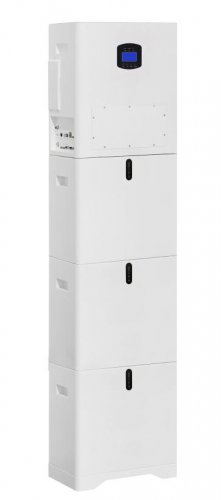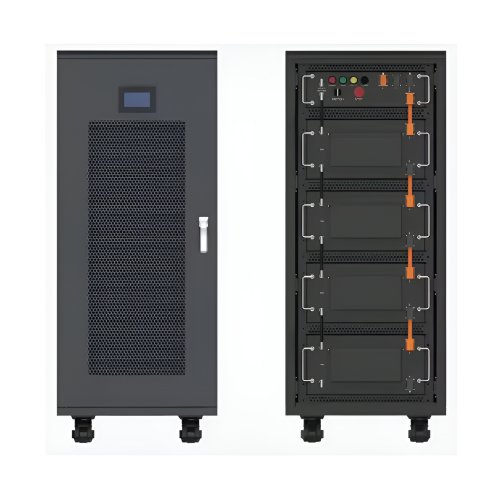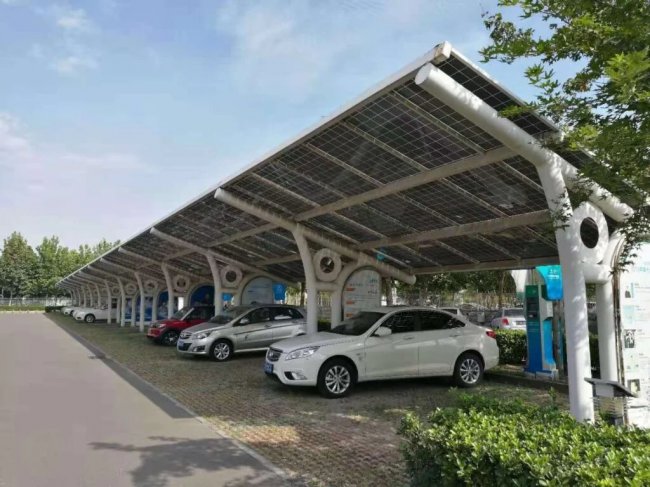How To Use Charging Recommendations: Optimizing Battery Health And Device Longevity
Modern electronic devices, from smartphones to laptops and electric vehicles, rely heavily on advanced lithium-ion batteries. While technology has improved, how we charge these devices remains critical to their performance, lifespan, and safety. "Charging recommendations" are a set of data-driven guidelines designed to optimize the charging process. This guide will walk you through how to understand, access, and implement these recommendations to get the most out of your devices.
Understanding the "Why" Behind the Recommendations
The core principle behind most modern charging recommendations is minimizing battery stress. Two primary factors cause degradation: 1. High Heat: Excessive heat, often generated during fast charging or while using the device intensively while it charges, is a primary enemy of battery health. 2. Extreme States of Charge: Keeping a battery consistently at 100% or letting it drain to 0% for prolonged periods puts significant strain on its internal chemistry.
Therefore, the goal of charging recommendations is to keep your battery in its "comfort zone," typically between 20% and 80% charge, and to manage heat generation.
Step-by-Step Guide to Implementing Charging Recommendations
Step 1: Locate and Activate Built-in Features Most modern devices have integrated systems that learn from your habits. You need to find and enable them.On iOS (iPhone): Go to `Settings > Battery > Battery Health & Charging` and ensure `Optimized Battery Charging` is turned on. This feature learns your daily routine and delays charging past 80% until you need to use your device, finishing just before you typically unplug it.On Android (e.g., Samsung, Google Pixel): Many manufacturers include similar features. Look for `Settings > Battery and device care > Battery > More battery settings`. You might find options like `Protect battery` (Samsung) which limits charging to 85%, or `Adaptive charging` (Pixel).On Laptops (e.g., Dell, Lenovo, Apple): Both Windows and macOS offer battery management utilities. On a Dell or Lenovo, this is often found in the proprietary power management software that came with your laptop. On a MacBook, go to `System Settings > Battery > Battery Health` and click `Options...` to enable `Optimized Battery Charging`.
Step 2: Establish Healthy Manual Charging Habits If your device lacks smart features or you want more control, adopt these manual practices:The 20-80 Rule: Make this your default charging strategy. Instead of charging to 100%, try to unplug your device once it reaches around 80%. Similarly, avoid letting it drop below 20% before plugging it in. This dramatically reduces wear on the battery.Plug in for Short, Frequent Top-Ups: Don't think of charging as an all-or-nothing event. Plugging your device in for short periods throughout the day (e.g., from 40% to 60%) is far less stressful than one long charge from 0% to 100%.Unplug Once Charged: Leaving your device plugged in at 100% for hours or days, especially on a soft surface like a bed or couch that traps heat, is detrimental. Make it a habit to unplug once it's sufficiently charged.
Step 3: Manage Your Charging EnvironmentAvoid Extreme Temperatures: Never charge your device in direct sunlight or a hot car. If your device feels excessively warm while charging, unplug it and move it to a cooler location. Ideally, charge at room temperature.Use Certified Accessories: Always use chargers and cables that are certified by your device's manufacturer (e.g., MFi for Apple, Made for Google). Low-quality, uncertified chargers can provide unstable power, leading to increased heat and potential long-term damage.Remove Protective Cases: Thick or insulating cases can cause heat to build up during charging. If you notice your device getting hot, consider removing the case while it charges.
Practical Tips and Pro TricksFor Overnight Charging: If you use the optimized charging feature, you can safely leave your device plugged in overnight. The software will handle the timing. If you don't have this feature, consider using a simple outlet timer to supply power only for a few hours before you wake up.Calibrate Occasionally: If your battery percentage seems inaccurate, a calibration can help. About once every three months, allow the battery to drain to near 0% and then charge it uninterrupted to 100%. This helps the software accurately gauge the battery's capacity. Do not do this frequently.Long-Term Storage: If you plan to store a device for several months, do not leave it fully charged or completely empty. The ideal state for storage is around a 50% charge in a cool, dry environment.
Critical Safety and Maintenance NotesHeat is the Enemy: This cannot be overstated. High temperatures accelerate chemical aging inside the battery. If a device is hot from use, let it cool down before initiating a charge.Fast Charging is a Tool, Not a Default: Fast charging is incredibly convenient when you need power quickly. However, it generates more heat. Use it sparingly. For your regular overnight or desk charging, a standard, slower charger is gentler on the battery.Batteries are Consumable: All lithium-ion batteries degrade over time and with use. Following these recommendations will significantly slow this process, but it will not stop it entirely. Expect diminished capacity after two to three years of regular use.Listen to Your Device: Pay attention to warnings from your device. If it displays a message stating the battery needs service, or if you notice extreme swelling, overheating, or rapid discharge, stop using it immediately and consult a professional.
By understanding and actively using these charging recommendations, you transition from a passive user to an informed custodian of your technology. This proactive approach maximizes your device's battery lifespan, ensures reliable performance throughout the day, and promotes safety, ultimately providing better value and a superior user experience.
Customized/OEM/ODM Service
HomSolar Supports Lifepo4 battery pack customization/OEM/ODM service, welcome to contact us and tell us your needs.


HomSolar: Your One-stop LiFePO4 Battery Pack & ESS Solution Manufacturer
Our line of LiFePO4 (LFP) batteries offer a solution to demanding applications that require a lighter weight, longer life, and higher capacity battery. Features include advanced battery management systems (BMS), Bluetooth® communication and active intelligent monitoring.

Customised Lithium Iron Phosphate Battery Casing
ABS plastic housing, aluminium housing, stainless steel housing and iron housing are available, and can also be designed and customised according to your needs.

HomSolar Smart BMS
Intelligent Battery Management System for HomSolar Energy Storage System. Bluetooth, temperature sensor, LCD display, CAN interface, UART interface also available.


Terminals & Plugs Can Be Customized
A wide range of terminals and plugs can be customised to suit the application needs of your battery products.

Well-designed Solutions for Energy Storage Systems
We will design the perfect energy storage system solution according to your needs, so that you can easily solve the specific industry applications of battery products.



About Our Battery Cells
Our energy storage system products use brand new grade A LiFePO4 cells with a battery lifespan of more than 4,000 charge/discharge cycles.



Applications in Different Industries
We supply customized & OEM battery pack, assemble cells with wiring, fuse and plastic cover, all the cell wires connected to PCB plug or built BMS.
Applications: E-bike, Electric Scooter, Golf Carts, RV, Electric Wheelchair, Electric Tools, Robot Cleaner, Robot Sweeper, Solar Energy Storage System, Emergency Light, Solar Power Light, Medical Equipment, UPS Backup Power Supply.
We can provide you with customized services. We have the ability to provide a vertical supply chain, from single cells to pack/module and to a complete power solution with BMS, etc.


HomSolar (Shenzhen) Technology Co., Ltd
























